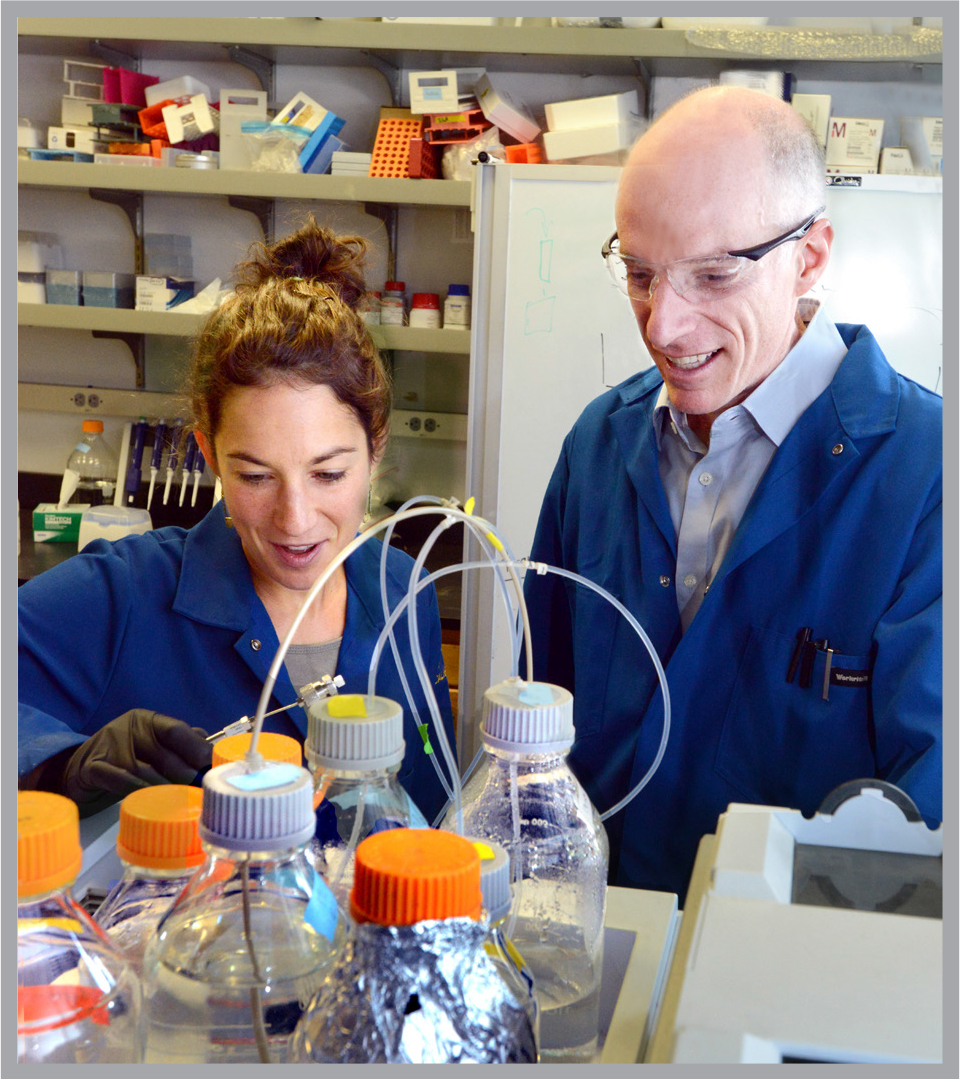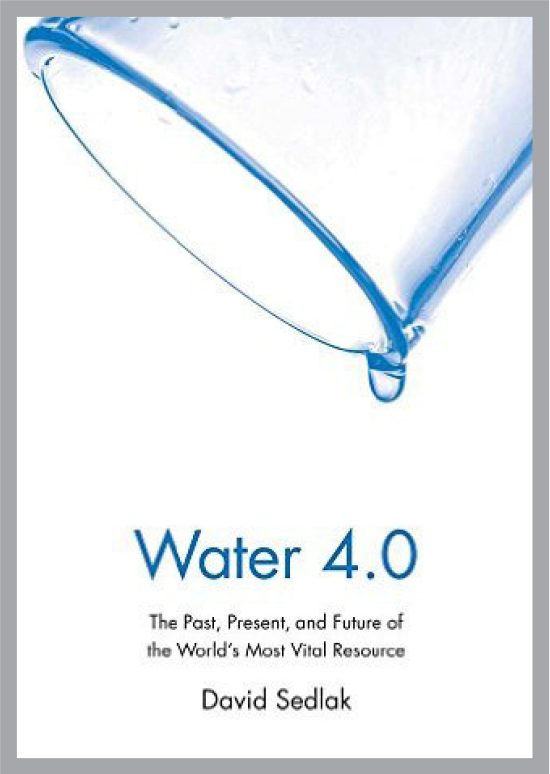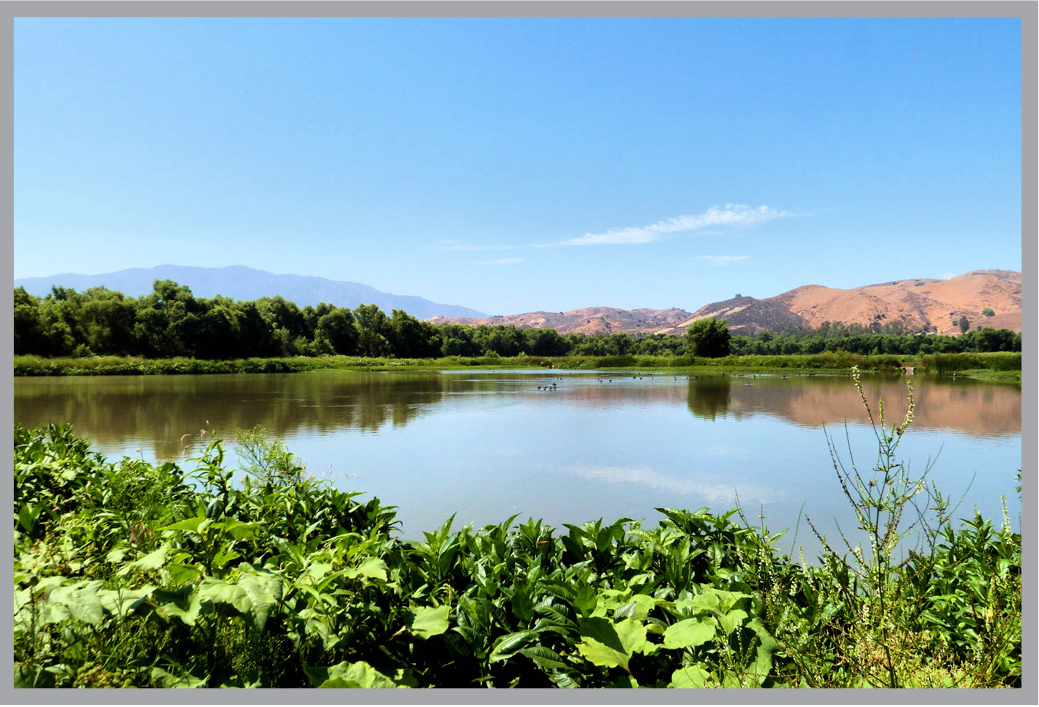Hazards and opportunities in the pipeline
In his 2014 book, Water 4.0, UC Berkeley environmental engineer David Sedlak identifies four “revolutions” in the development of urban water systems. The first revolution — Water 1.0 — was the Roman innovation of piping potable water in and sewage out of population centers, an advance adopted throughout European and North American cities. The second revolution — treating drinking water to kill infectious microbes — protected millions of urban dwellers from cholera, typhoid and other diseases transmitted through the very success of Water 1.0.

Water 3.0 saw widespread adoption of sewage treatment plants. Now, half a century later, Sedlak says we need a fourth revolution. Soaring urban populations and a changing climate create chronic water shortages in some cities and too much water in others. Some contaminants may pose hazards in extraordinarily small concentrations. And aging pipe networks threaten the health of entire communities, as seen this year in Flint, Michigan.
“The current system that we rely upon to manage water in our cities is not up to the challenges of the twenty-first century. The technologies to make urban water systems more secure already exist. It’s up to us to build the next version of the water system.”
Sedlak’s research tracks the fate of chemical contaminants in wastewater. For the past 20 years, he has led field studies to detect and measure the presence of compounds that are particularly resistant to breakdown by chemical treatment or natural bacteria.
He was one of the first environmental engineers to discover the potential threats posed by natural and synthetic hormones that persist in water after conventional sewage treatment. The hormones are considered endocrine disrupters. In concentrations as low as a few part-per-trillion, they have been shown to derail normal development in fish, causing males to be feminized. For this and other pioneering research he was elected this year to membership in the National Academy of Engineering.
In 1997, Sedlak discovered that hormones that are excreted in urine, such as estradiol, don’t break down in sewage treatment plants, or in the rivers downstream of the treatment plants.

Pumping treated water into wetland ponds rids the water of most natural and manmade hazards. Cattails and other aquatic plants soak up nitrogen, and bacteria speed decomposition. But Sedlak found that some antibiotics as well as estradiol resist decomposition. He recognized that the natural wetlands vegetation shaded much of the ponds’ surfaces, blocking sunlight that could otherwise speed decomposition of remaining contaminants.
He and his Berkeley colleague Alexander Horn designed what they call open wetlands to add a new stage of water treatment. Sheets of plastic line the bottom of the manmade ponds, preventing aquatic plants from proliferating.
“The water gets blasted by sunlight, which breaks up the most compounds,” he says. As a side benefit, algae and bacteria grow on the plastic liner beneath the ponds and degrade otherwise-resistant chemicals.
Three years ago, Sedlak was part of a team that built a 40-acre scale model open wetland pond along the Santa Ana River in Southern California, designed to break down hormones and other contaminants before the water was released to the river. Early data show that the demonstration-scale system works as well as the smaller systems that his team had studied near the Berkeley campus.
Sedlak co-directs the Berkeley Water Center, along with Isha Ray, a professor in UC Berkeley’s Energy and Resources Group. Leaders are always drawn from faculty in engineering as well as the social sciences or natural resources fields to assure the center will attack complex water problems with expertise from very different disciplines.

Center researchers will take on some of CERC-WET’s challenges. Sedlak will focus on the minerals and salts that form a concentrated residue as they are extracted in the treatment process.
“We have amazing technology for removing salts and minerals both from drinking water and water used for cooling at power plants. But we end up creating a waste stream of these chemicals. The management of this concentrate is becoming a real challenge. It turns out to be a huge volume.
“We hope that our collaboration with Chinese researchers in CERC-WET can help us find better ways to remove and maybe even recover valuable materials.
________
David Sedlak is the Plato Malozemoff Professor in the Department of Civil and Environmental Engineering.
Water 4.0 website: http://www.water4point0.com/
The Department of Energy recently selected UC Berkeley to lead a multi-million dollar US-China research consortium focused on the energy-water nexus. The US-China Clean Energy Research Center for Water-Energy Technologies (CERC-WET) focuses on new technologies to reduce industrial water use, yield hydroelectric power and treat water more efficiently. At the center of this $64M effort is DOE funding to Berkeley and its partners, and Chinese government funding to research institutions in that country. A similar effort already exists at Berkeley Lab focused on enhancing the energy efficiency of buildings.
